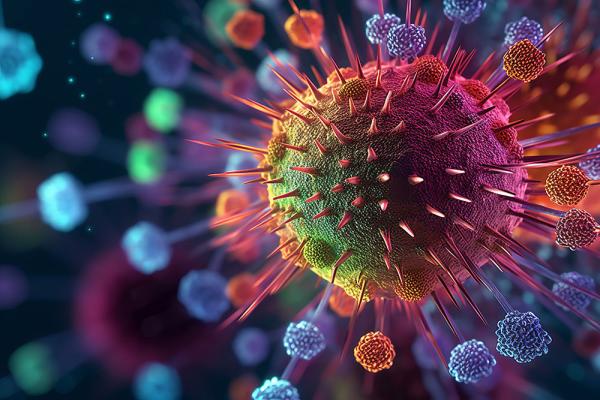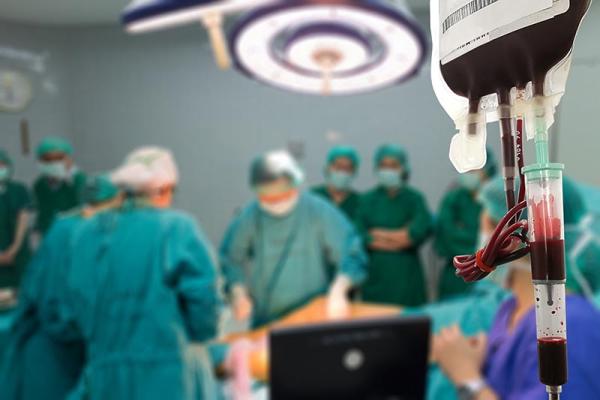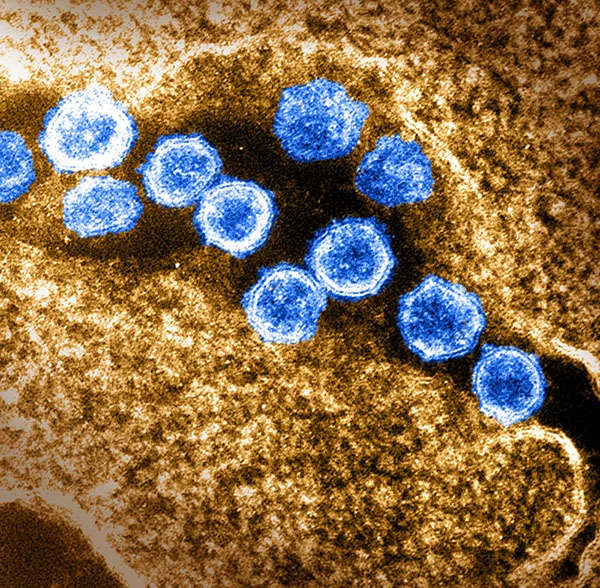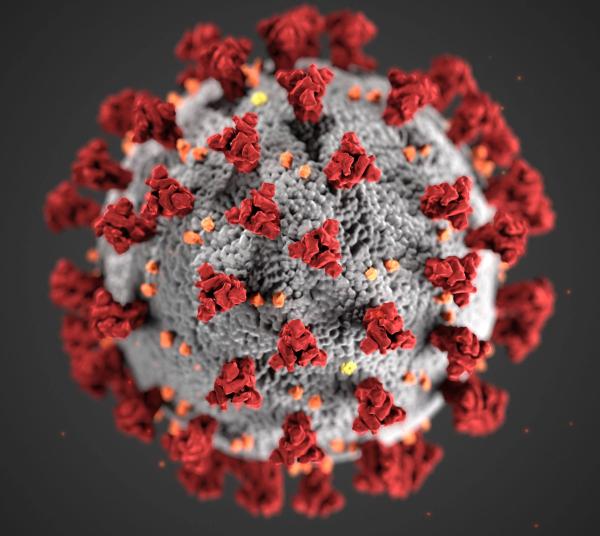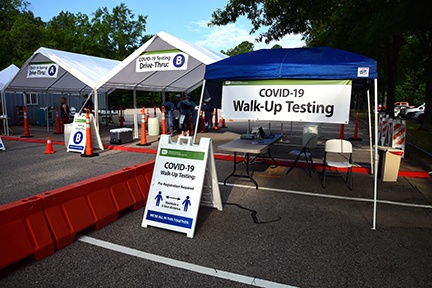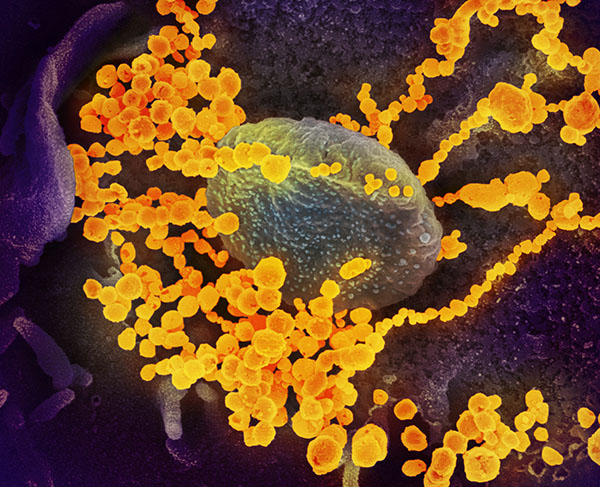Camel-Derived Therapy Infiltrates Cells to Treat Multiple Sclerosis
IRP Mouse Study Shows Promise of Treatment Strategy
Earth’s jungles, deserts, and oceans are chock-full of wonderous creatures that have inspired a wide array of cutting-edge technologies, from strong yet flexible clothes made of synthetic spider silk to the plant-derived aspirin and morphine that have long been used as painkillers. Over the past few years, scientists at NIH and elsewhere have added sharks and camels to that list due to unique molecules their immune systems make. IRP researchers recently showed that one of those molecules could potentially be used to treat the devastating neurological disease known as multiple sclerosis.



